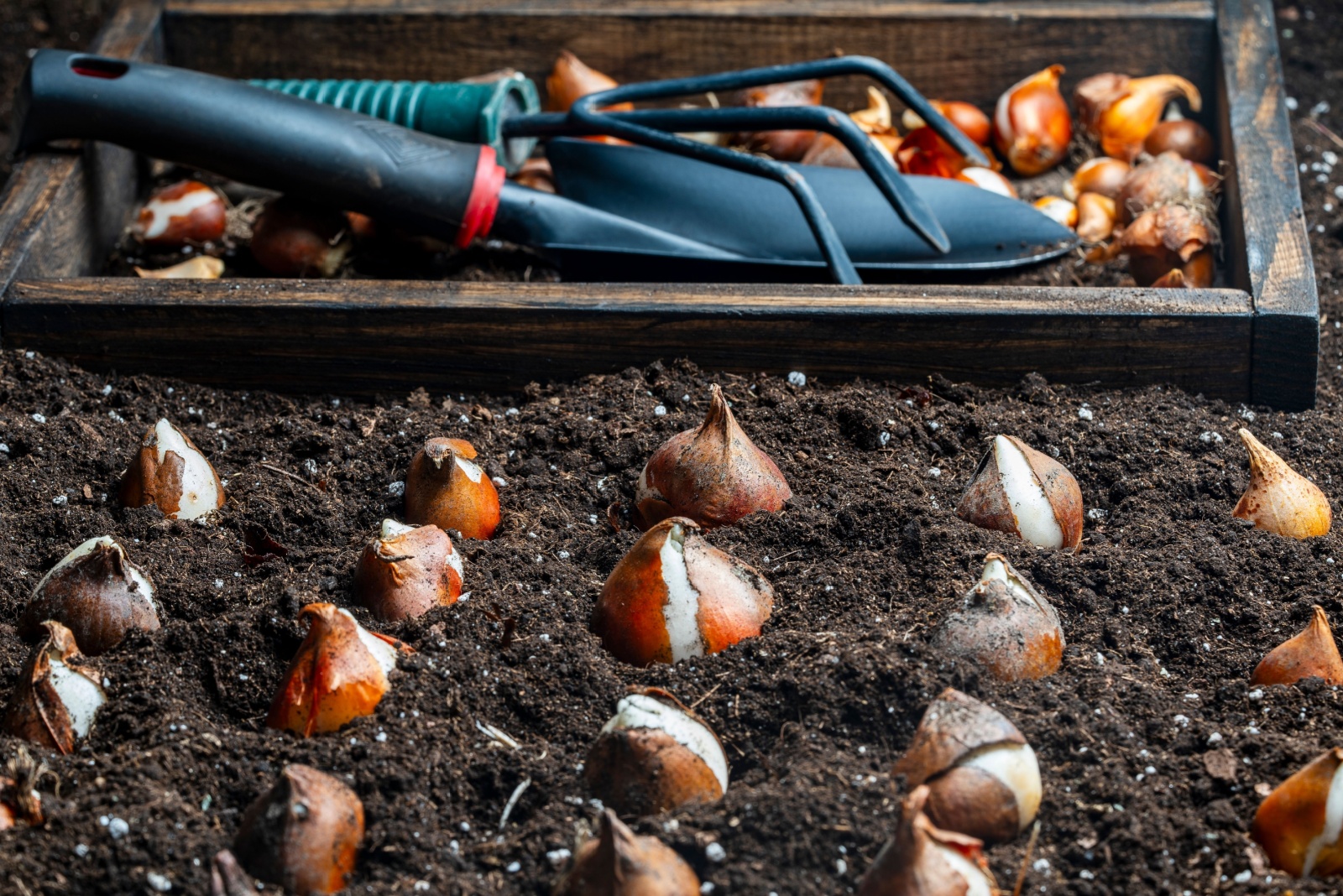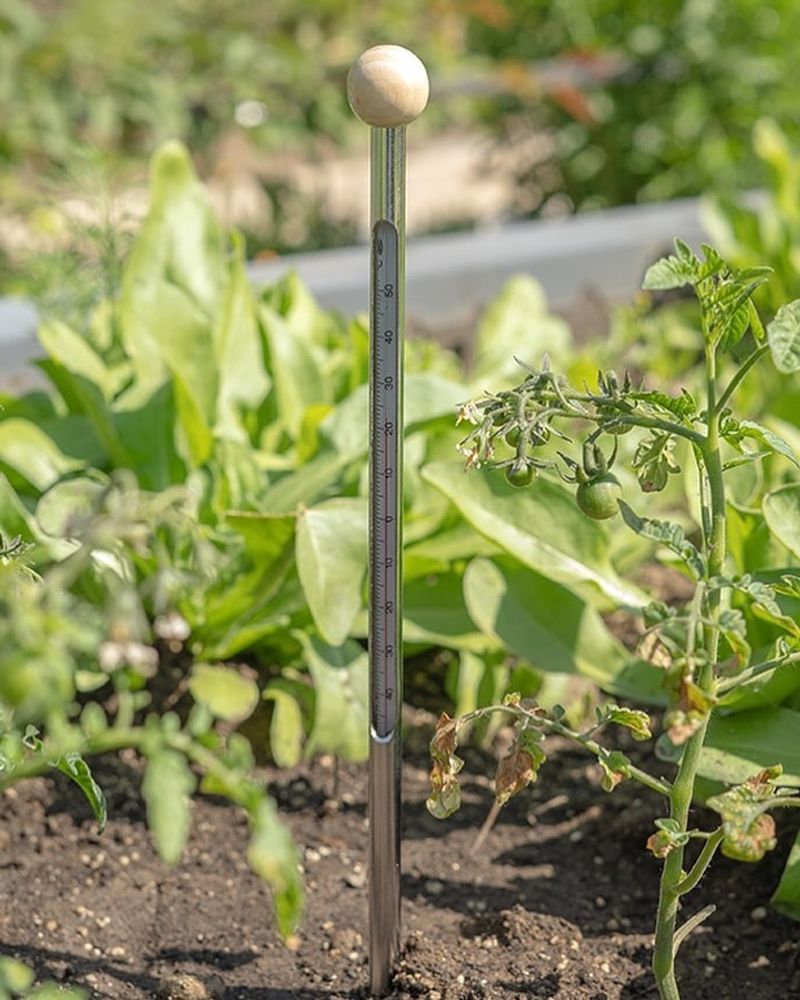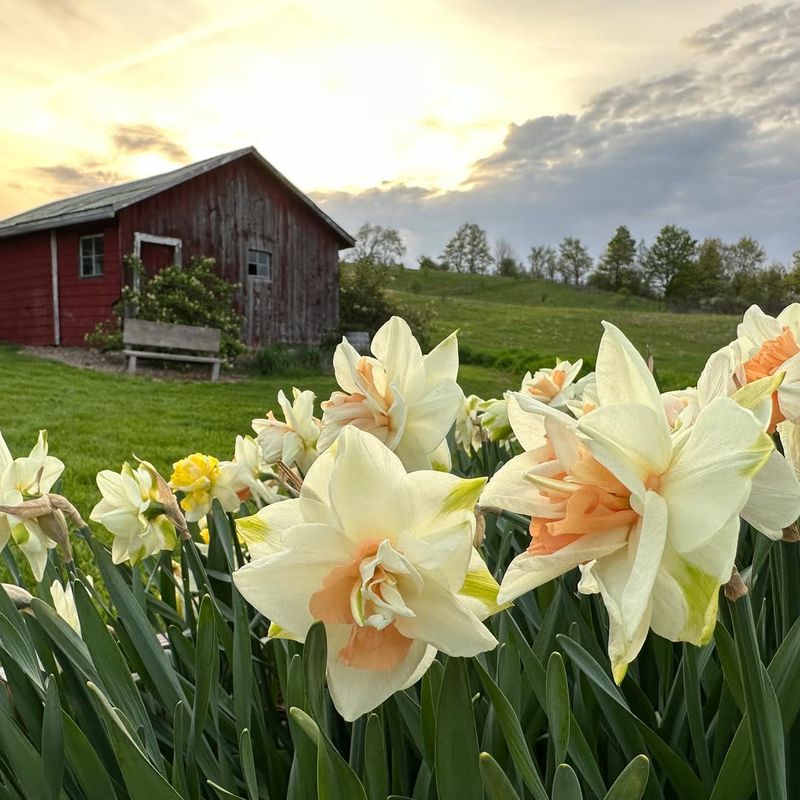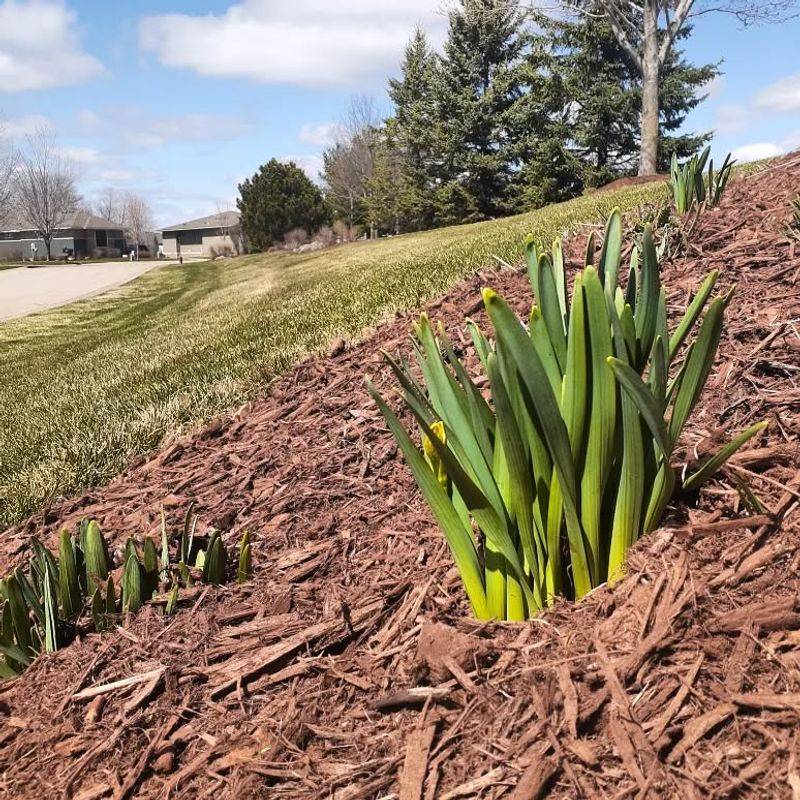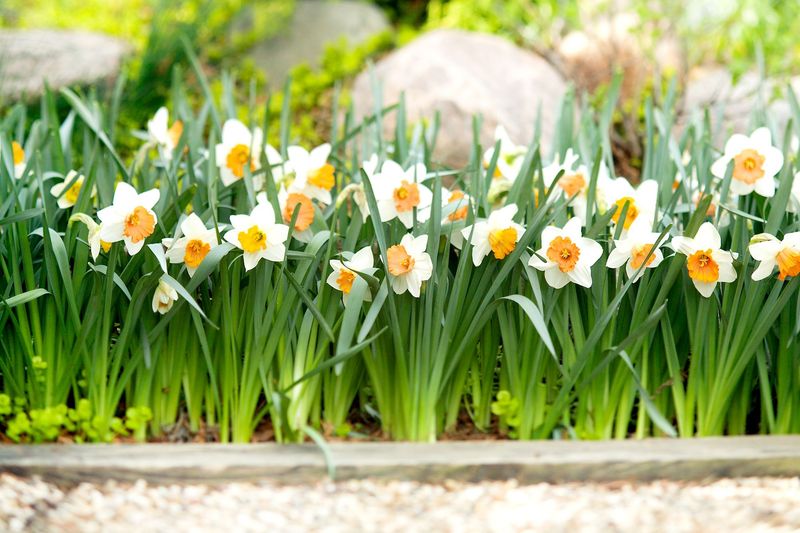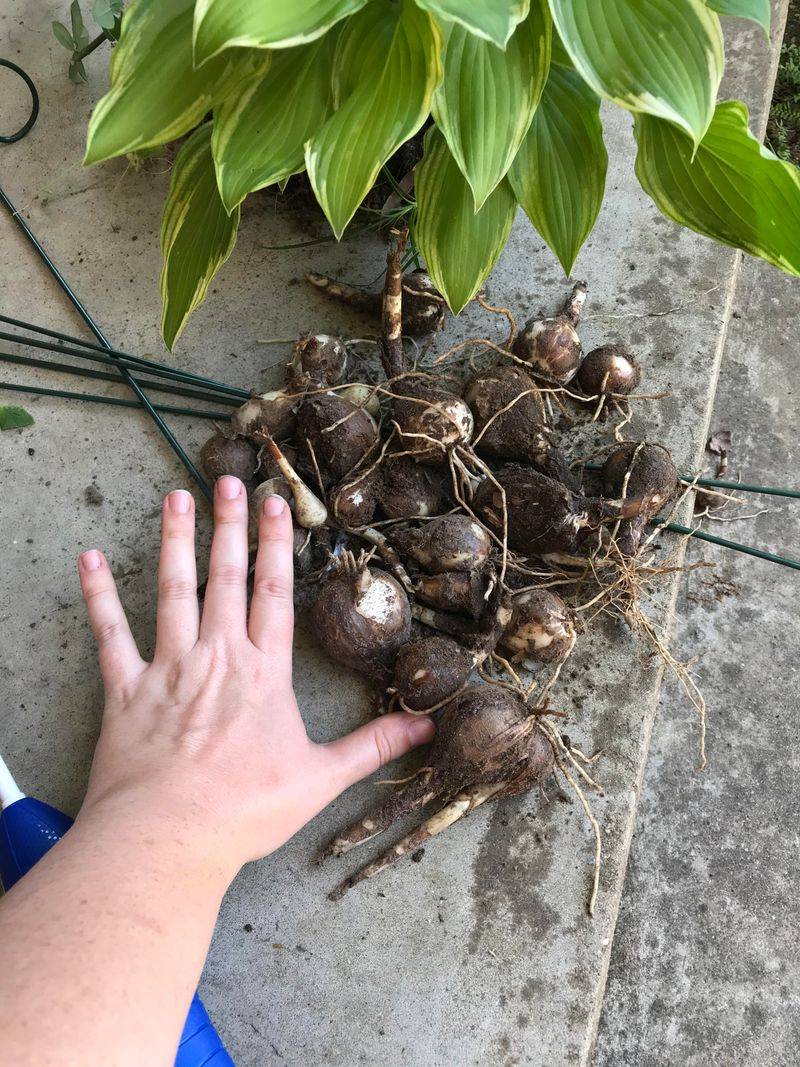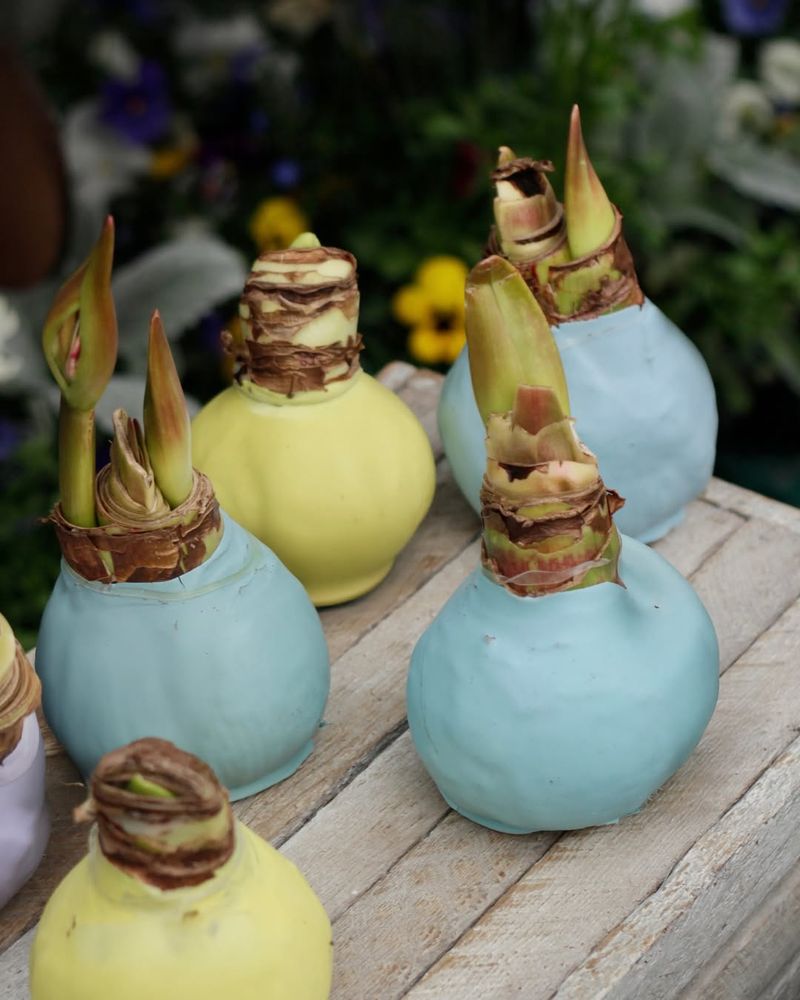November in Indiana might seem late for planting bulbs, but don’t pack away your gardening gloves just yet! Tulips and daffodils are surprisingly tough, and they can still be planted successfully even as temperatures drop.
Once you learn the right techniques and timing, it can help you enjoy a stunning spring display despite the calendar saying otherwise.
1. Ground Temperatures Matter More Than Air Temperatures
While frosty mornings might make you think planting season is over, what really counts is soil temperature below the surface. Bulbs need soil around 40-50 degrees Fahrenheit to start root development before winter freezes everything solid.
Indiana typically maintains workable soil temperatures through November and even early December in many areas. Check your soil with a simple thermometer pushed a few inches down. As long as you can dig without hitting frozen ground, your bulbs can still establish roots successfully before spring arrives.
2. Bulbs Actually Need Cold Weather To Bloom
Tulips and daffodils aren’t just cold-tolerant; they actually require a chilling period to produce beautiful flowers. Called vernalization, this process needs 12-16 weeks of temperatures below 45 degrees Fahrenheit to trigger spring blooming.
Planting in November gives bulbs exactly what they crave. Without this cold treatment, bulbs won’t develop properly and might produce leaves without flowers. Indiana winters provide perfect natural refrigeration, so late planting actually works in your favor rather than against it for healthy spring growth.
3. Mulch Becomes Your Best Friend
Adding a thick blanket of mulch after planting late-season bulbs makes all the difference for success. Spread 3-4 inches of shredded leaves, straw, or wood chips over your planting area to insulate the soil and regulate temperature fluctuations.
Mulch prevents the ground from freezing too quickly, giving roots extra time to establish. It also protects against harsh freeze-thaw cycles that can push bulbs out of the ground. Come spring, simply rake back some mulch to let shoots emerge easily toward sunlight and warmth.
4. Daffodils Handle Late Planting Better Than Tulips
Not all bulbs respond equally to November planting schedules. Daffodils are remarkably forgiving and tough, making them the safer bet when you’re pushing planting deadlines in Indiana’s unpredictable climate.
Their hardy nature means they’ll establish roots quickly even in cooling soil. Tulips can still succeed but may produce smaller blooms the first year if planted very late. Consider planting more daffodils than tulips when November arrives, or choose early-blooming tulip varieties that need less root development time before winter.
5. Proper Planting Depth Protects Against Frost Heaving
When planting late in the season, depth becomes even more critical for bulb survival. Tulips should go 6-8 inches deep, while daffodils need 6-7 inches to stay protected from Indiana’s freeze-thaw cycles throughout winter months.
Shallow planting invites frost heaving, where bulbs get pushed upward and exposed to damaging cold temperatures. Use a ruler or marked trowel to ensure accuracy. Deeper planting also helps bulbs develop stronger root systems and provides better insulation against temperature swings that can harm developing shoots.
6. Water Well Even Though Winter Is Coming
It seems odd to water plants when cold weather approaches, but newly planted November bulbs desperately need moisture to start root growth. Give your planting area a thorough soaking immediately after placing bulbs in the ground.
Water helps settle soil around bulbs, eliminating air pockets that can dry out roots or cause rot. It also activates growth hormones inside the bulb. After this initial watering, nature usually takes over with November rains and snow, but check soil moisture if Indiana experiences an unusually dry late autumn.

